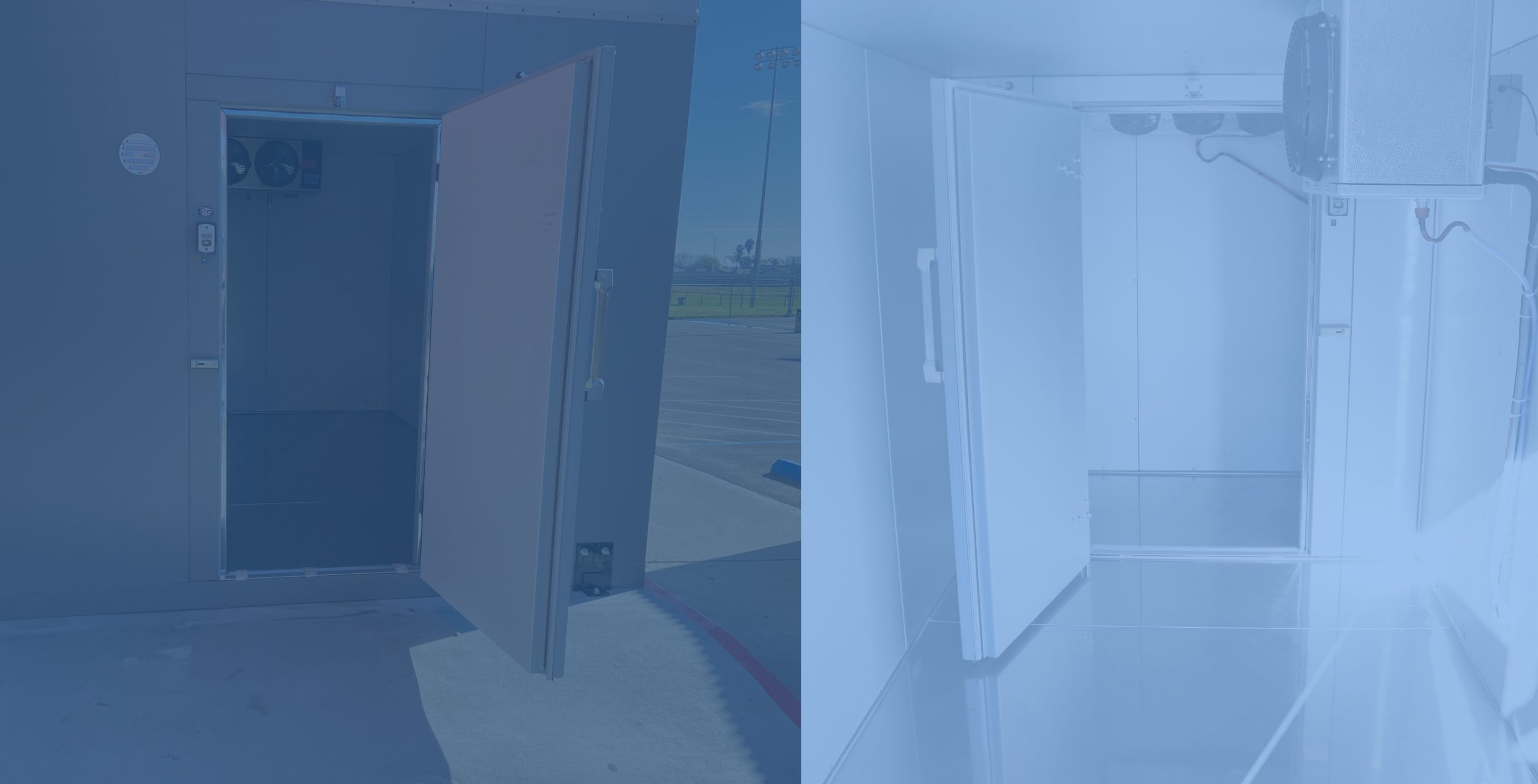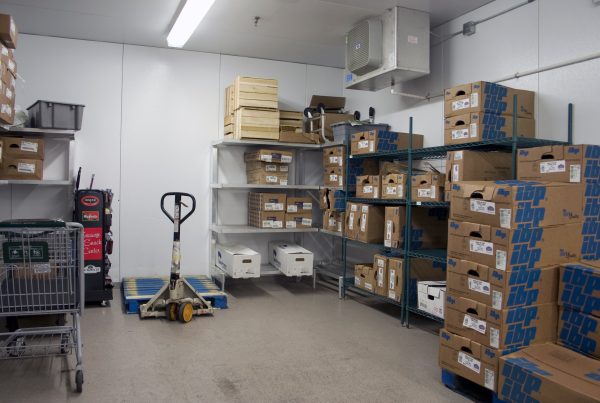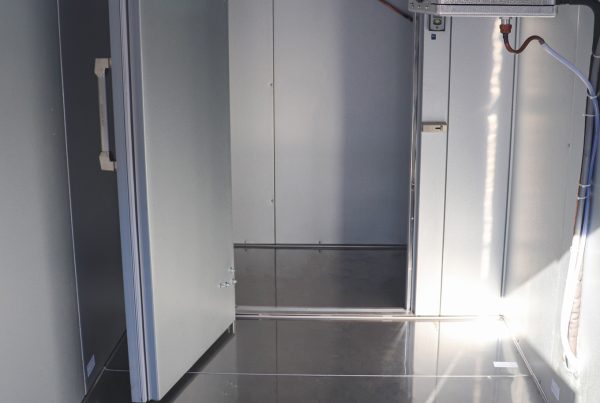Choosing between an indoor and outdoor walk-in cooler or freezer is a decision that affects not only the efficiency of food storage but also the overall operational dynamics of a business. Each option offers distinct advantages and challenges. Here’s a comprehensive breakdown to help you decide what’s best for your needs.

Indoor Walk-In Coolers and Freezers
Pros:
- Accessibility: Indoor units are generally more accessible, making it easier for staff to move products in and out quickly.
- Protection from the Elements: Being inside protects the unit from external weather conditions, potentially extending the lifespan of the cooler or freezer.
- Energy Efficiency: Indoor coolers and freezers may be more energy-efficient, as they are typically insulated from extreme outdoor temperatures, reducing cooling costs.
- Security: Indoor installations are inherently more secure from vandalism or theft due to restricted access.
Cons:
- Space Consumption: These units can take up valuable space within a building that could otherwise be used for seating, storage, or other operational needs.
- Heat Output: Indoor coolers and freezers generate heat, which can lead to higher indoor temperatures and increased load on air conditioning systems.
- Installation Limitations: There may be constraints related to the building’s structure that limit the size or configuration of the unit.

Outdoor Walk-In Coolers and Freezers
Pros:
- Space Savings: Installing the unit outside saves precious indoor space for other business operations.
- Scalability: Outdoor units can be more easily expanded or modified as they are not confined by building structures.
- Heat Dissipation: By being outside, the heat generated by the unit does not affect indoor temperature controls, which can be a significant advantage in warmer climates.
Cons:
- Weather Exposure: Outdoor units are subject to weather conditions, which can accelerate wear and tear and necessitate more frequent maintenance.
- Security Risks: While fencing and security cameras can mitigate risk, outdoor units are generally more vulnerable to theft and vandalism.
- Energy Costs: Depending on the climate, outdoor units may require more energy to maintain optimal temperatures during extreme weather, impacting operational costs.
Conclusion
The choice between an indoor and outdoor walk-in cooler or freezer depends largely on your specific business requirements, available space, and climate. Indoor units offer convenience and efficiency but at the cost of space and potential heat management issues. Outdoor units solve space constraints and heat issues but introduce challenges with weather and security. Carefully consider these factors to choose the best option for your operational needs. For further guidance, consulting with a U.S. Cooler expert can provide tailored advice based on your specific circumstances.




